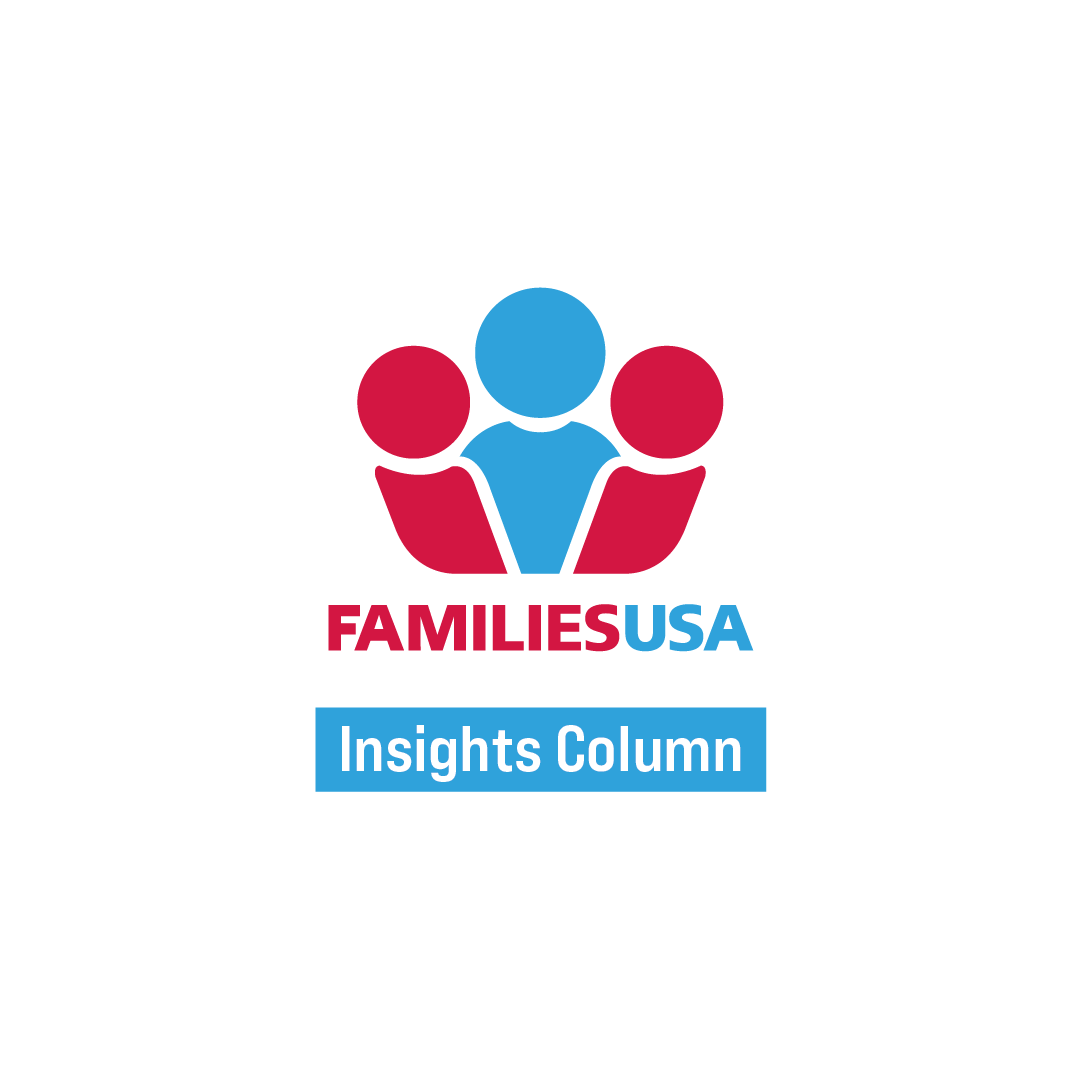5-year-old’s death spurs notice of lawsuit against Oregon child welfare agency – OregonLive.com

Report on Institutional Failures in Child Protection and Implications for Sustainable Development Goals
1.0 Case Summary and Legal Action
A tort claim notice has been filed against the Oregon Department of Human Services (DHS) by the estate of Joshua James McCoy, a five-year-old boy who died from hypothermia and exposure. The impending lawsuit alleges that the state agency failed to provide adequate protection for the child despite receiving multiple reports of severe neglect. This case highlights critical deficiencies in public institutions responsible for safeguarding vulnerable populations, directly challenging the principles of several Sustainable Development Goals (SDGs).
2.0 Institutional Accountability and Justice: SDG 16
The core allegations question the effectiveness and accountability of state institutions, a central theme of SDG 16: Peace, Justice and Strong Institutions. The lawsuit asserts that the child’s death was a predictable outcome of systemic failures.
- Target 16.2 (End abuse, exploitation, trafficking and all forms of violence against and torture of children): The repeated reports of severe neglect, which went without “meaningful intervention,” represent a failure to protect a child from harm.
- Target 16.6 (Develop effective, accountable and transparent institutions): The DHS conducted an internal review and concluded its personnel were not negligent. The estate’s lawyer refutes this as a “self-serving conclusion,” underscoring the need for transparent and accountable institutional processes to ensure justice for victims.
3.0 Failures in Health and Well-being: SDG 3
The circumstances leading to the child’s death represent a profound failure to ensure his fundamental right to health and well-being, as outlined in SDG 3: Good Health and Well-being. The case file documents numerous risk factors that were allegedly unaddressed.
- Threats to Physical and Mental Well-being:
- Reports documented “squalid” and “filthy” home conditions, including food and human feces on the floor, posing direct health risks.
- Allegations included heavy alcohol use by the primary caregiver and leaving the child, who had autism, unsupervised. This connects to Target 3.5 (Strengthen the prevention and treatment of substance abuse).
- Lack of Support Services:
- The lawsuit claims child welfare officials failed to make necessary referrals for developmental disability services for the child.
- There was allegedly no safety planning implemented to protect the child’s well-being while in the mother’s care.
4.0 Intersecting Goals: Inequality and Community Safety
The case also intersects with other critical SDGs, revealing how institutional failures can exacerbate existing vulnerabilities.
- SDG 10 (Reduced Inequalities): The child’s autism made him particularly vulnerable. The alleged failure to provide specialized services and adequate protection highlights systemic inequalities in safeguarding individuals with disabilities, contrary to the aims of Target 10.2 (Empower and promote the social, economic and political inclusion of all…irrespective of…disability).
- SDG 11 (Sustainable Cities and Communities): The documented unsanitary living conditions point to a failure in ensuring access to safe and adequate housing, a key component of Target 11.1. A safe home environment is the first line of defense in community health and child welfare.
Analysis of Sustainable Development Goals in the Article
1. Which SDGs are addressed or connected to the issues highlighted in the article?
-
SDG 3: Good Health and Well-being
- The article’s central theme is the death of a 5-year-old child from hypothermia and exposure, directly contradicting the goal of ensuring healthy lives and promoting well-being. The child’s vulnerability due to autism, the mother’s alleged heavy drinking, and the failure to provide necessary services all fall under the purview of this goal.
-
SDG 16: Peace, Justice and Strong Institutions
- The article highlights the alleged failure of a public institution, the Oregon Department of Human Services, to protect a vulnerable child. The planned lawsuit and the lawyer’s accusation that the state’s internal review was a “self-serving conclusion” directly address the need for effective, accountable, and transparent institutions. The core issue of “severe neglect” is a form of violence against children, which this goal aims to end.
-
SDG 11: Sustainable Cities and Communities
- This goal is relevant due to the description of the child’s living conditions. The article mentions a “squalid” and “filthy home with food on the floor and human feces,” which points to a lack of access to adequate and safe housing, a key component of sustainable communities.
2. What specific targets under those SDGs can be identified based on the article’s content?
-
Under SDG 3: Good Health and Well-being
- Target 3.2: By 2030, end preventable deaths of newborns and children under 5 years of age. The lawyer’s statement that the death “was not unforeseeable” and was a “tragic and predictable culmination” of neglect implies that the child’s death was preventable, directly relating to this target.
- Target 3.5: Strengthen the prevention and treatment of substance abuse, including narcotic drug abuse and harmful use of alcohol. The article notes that state workers documented “alcohol use” and a caller complained that the mother “drank heavily,” indicating a substance abuse issue that was allegedly not addressed and which contributed to the neglect.
-
Under SDG 16: Peace, Justice and Strong Institutions
- Target 16.2: End abuse, exploitation, trafficking and all forms of violence against and torture of children. The article is centered on the “severe neglect” and “mistreatment” of a child, which are forms of child abuse that this target seeks to eliminate.
- Target 16.6: Develop effective, accountable and transparent institutions at all levels. The entire narrative, which details the Department of Human Services’ alleged failure to “act” on “repeated, escalating reports” and the subsequent lawsuit, is a case study in the challenge of ensuring institutional effectiveness and accountability.
-
Under SDG 11: Sustainable Cities and Communities
- Target 11.1: By 2030, ensure access for all to adequate, safe and affordable housing and basic services. The description of the home as “squalid” and “filthy” with “human feces” clearly indicates that the child did not have access to adequate and safe housing, a fundamental service addressed by this target.
3. Are there any indicators mentioned or implied in the article that can be used to measure progress towards the identified targets?
-
Indicators for SDG 3 Targets
- For Target 3.2: The death of the 5-year-old boy is a direct, albeit tragic, data point for the under-5 mortality rate. The article implies a need to track preventable deaths specifically linked to institutional failures or neglect.
- For Target 3.5: The lack of intervention is an implied indicator. The article states that child welfare officials “failed to make referrals” for services and did not ensure the mother was “receiving mental health therapy.” An indicator would be the number of referrals made for substance abuse or mental health services for caregivers in child welfare cases.
-
Indicators for SDG 16 Targets
- For Target 16.2: The “repeated, escalating reports of severe neglect” mentioned by the lawyer serve as an indicator. Progress could be measured by the rate at which such reports are investigated, substantiated, and result in meaningful intervention to ensure child safety.
- For Target 16.6: The planned lawsuit against the Department of Human Services is an indicator of citizens seeking institutional accountability. The outcome of the state’s internal review, which found no negligence, versus the claims in the lawsuit, highlights the gap in perceived accountability that could be measured.
-
Indicator for SDG 11 Target
- For Target 11.1: The qualitative description of the “squalid” and “filthy” home is a powerful indicator of the lack of adequate housing. Quantitatively, this relates to the proportion of the population, particularly children, living in dwellings that fail to meet basic safety and sanitation standards.
4. Summary Table of SDGs, Targets, and Indicators
| SDGs | Targets | Indicators (as identified in the article) |
|---|---|---|
| SDG 3: Good Health and Well-being |
3.2: End preventable deaths of children under 5.
3.5: Strengthen the prevention and treatment of substance abuse. |
– The specific, preventable death of a 5-year-old child.
– The documented, unaddressed heavy alcohol use by the child’s caregiver. |
| SDG 16: Peace, Justice and Strong Institutions |
16.2: End abuse, exploitation… and all forms of violence against children.
16.6: Develop effective, accountable and transparent institutions. |
– The “repeated, escalating reports of severe neglect” against the child.
– The failure of a state agency (DHS) to provide “meaningful intervention,” leading to a lawsuit seeking accountability. |
| SDG 11: Sustainable Cities and Communities | 11.1: Ensure access for all to adequate, safe and affordable housing and basic services. | – The description of the child’s home as “squalid,” “filthy,” and containing “human feces,” indicating a lack of safe and adequate housing. |
Source: oregonlive.com
What is Your Reaction?
 Like
0
Like
0
 Dislike
0
Dislike
0
 Love
0
Love
0
 Funny
0
Funny
0
 Angry
0
Angry
0
 Sad
0
Sad
0
 Wow
0
Wow
0




















































.jpg.webp?itok=0ZsAnae9#)



























